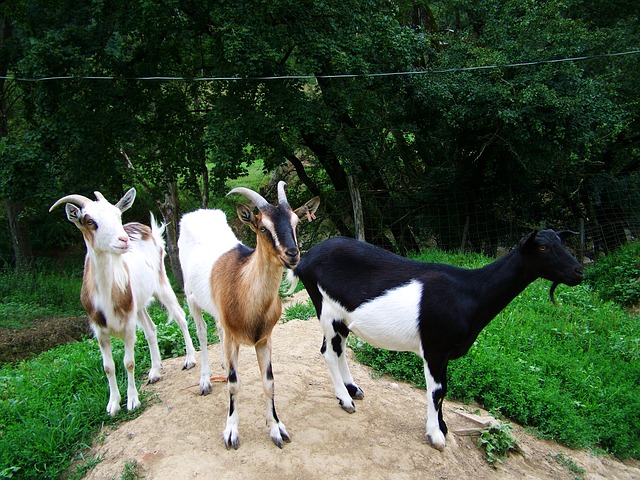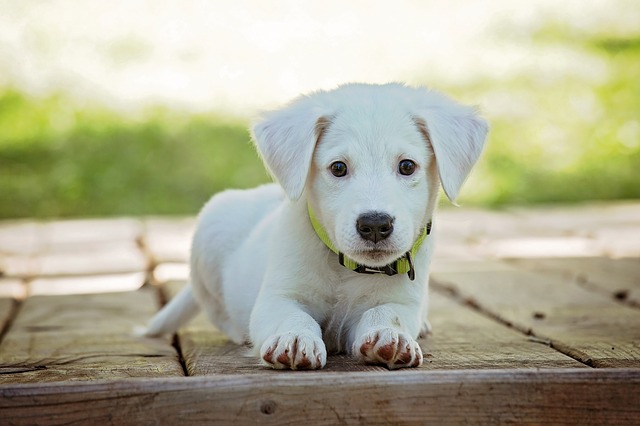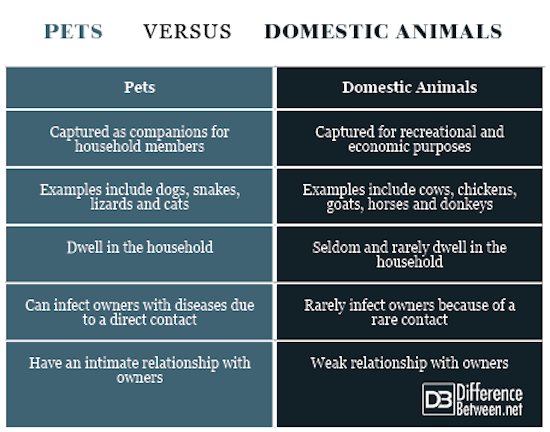Difference Between Pet and Domestic Animals
Humans have, for so many years, been living with pets and domestic animals for different purposes. The difference between domestic animals and pets is not that explicit because the phrase “domestic animals” also covers pets. The only apparent difference is between wild animals and domestic animals or pets, as wild animals are disobedient to human beings and live in the wild. This article highlights the main difference between pets and domestic animals.
In a nutshell, domestic animals are the animals captured and tamed to live with humans for economic purposes. They supply many products such as meat, dairy products, wools, leather and also used to plough the land for agricultural purposes. Pets, on the other hand, are the animals solely kept for companionship in the household.
What are domestic animals?
Domestic animals are once-wild animals that have been captured for many years and conditioned to adapt to different living conditions in the farm or households. Mainly, they are captured for economic reasons. Having livestock today is considered a lucrative investment. Meat and dairy products are provided by domesticated animals such as pigs, goats, sheep, chickens and cows. Other products such as wool or merino wool from sheep while the Down insulating materials are from the duck or goose captured as domestic animals.
Camels, donkeys and horses are used for agricultural purposes to work the land, or for other transportation needs. Humans can tame domestic animals and even breed them to produce specific breeds with unique characters by modifying their genetics. There are also artificial agricultural production methods to increase production of, for example, eggs.
Domestic animals are largely used for economic purposes with some also for recreational purposes. They predominantly rely on humans for their feeding requirements, although some can still go into the wild for grazing needs. Other domestic animals, especially mothers, can be dangerous to humans, and can also be life-threatening when protecting their babies. This happens if the relationship between humans and domestic animals is not well-established. Owners of domestic animals or care-givers seldom encounter such unfortunate situations where they are attacked by the domesticated animals.
What are pets?
The popular pets are dogs and cats. Generally, pets are animals that were captured mainly for companionship. They have an emotional attachment to the owners and other members of the households. Some pets like dogs have their ancestral origins in the wild, i.e. wolves. There is a wide variety of pets which include rats, hamsters, snakes, lizards, fowl, avian pets, frogs and many more. The capturing of pets is seldom linked to any economic benefits, but for companionship.
Humans have introduced breeding techniques which produce different species of pets. There are many dog breeds such as pit bulls and German shepherds. These bred species can never survive in the wild with their counterparts because of their modified genes. As a result, they rely on humans for their feeding requirements.
Any wild animal that is obedient to humans can become a pet. But most wild animals are scared of humans because they consider humans as dangerous predators. It is therefore difficult to establish any relationship with any animal. Dogs and cats are, however, the popular household pets. They have a strong relationship with their owners. When they have health complications, they can be taken to veterinary facilities to be given care. It is because of the cozy and intimate relationship between pets and owners that owners are prepared to spend a lot for their health and nutritional needs.
Pets can be dangerous to strangers. They protect their owners and members of the household. Others are used by law enforcement officers to catch criminals. If pets get sick, they can potentially infect humans because of the contact.
Key difference between pets and domestic animals
Definition
Pets are animals for companionship purposes while domestic animals are kept for their economic benefits.
Examples
Pets include cats, snakes, and dogs whereas domestic animals include cows, donkeys, horses, chickens, sheep and goats.
Dwelling
Pets stay with humans in the household most of the times. They protect them from strangers. Domestic animals, on the other hand, seldom stay in the households. Only a selected number of domestic animals such as chickens stay in the household.
Aggressiveness
Pets are often aggressive to strangers into the household. There should be a strong relationship established between pets and members of the household. Domestic animals are rarely aggressive unless provoked. Particularly the mothers when protecting their babies, they can attack humans to death.
Pets Vs. Domestic Animals
Summary of pets Vs. domestic animals
- Pets are captured from the wild to serve as companions for owners with no economic benefits whereas domestic animals are mainly captured for economic benefits as food producers or as farm workers
- Pets include, among others, dogs, cats and snakes whereas domestic animals include cows, goats, sheep, chickens and many more.
- Pets and domestic animals depend on humans for survival
- Pets can be bred to produce different characteristics. Domestic animals as well as can be bred. The example goes to the mating of the donkey and a horse to produce a mule.
- Pets often stay in the household while domestic animals do not
- Pets can be dangerous to strangers because they have a strong relationship with their owners
- Domestic animals can attack if feel provoked
- Both animals can be taken to a veterinary healthcare facility for treatments. Others such as cows and goats if have broken legs they can be slaughtered, whereas dogs and cats are taken for treatments.
- Difference Between CBD and Indica - April 22, 2019
- Difference Between Unilateral Contract and Bilateral Contract - February 8, 2019
- Difference Between Polki and Kundan - December 15, 2018
Search DifferenceBetween.net :
Leave a Response
References :
[0]Temple Grandin, Mark J. Deesing (22 April 2013). Genetics and the Behavior of Domestic Animals. Academic Press
[1]Donald M Broom, Andrew F Fraser (07 May 2015). Domestic Animal Behavior and Welfare, 5th Edition. CABI
[2]Image credit: https://pixabay.com/en/goats-domestic-animals-1714821/
[3]Image credit: https://pixabay.com/en/puppy-dog-pet-animal-cute-white-1903313/



